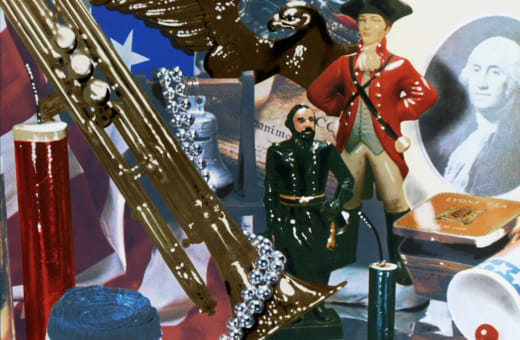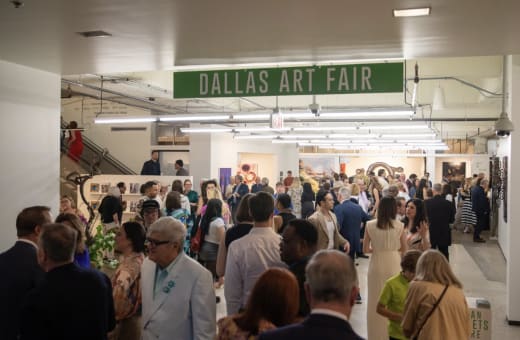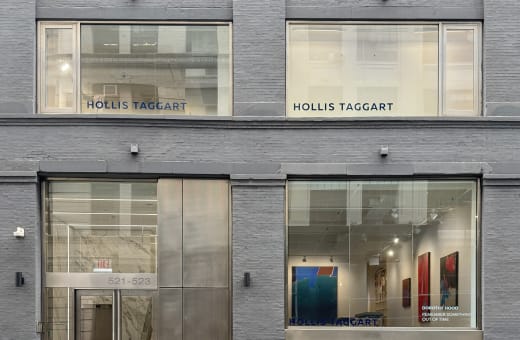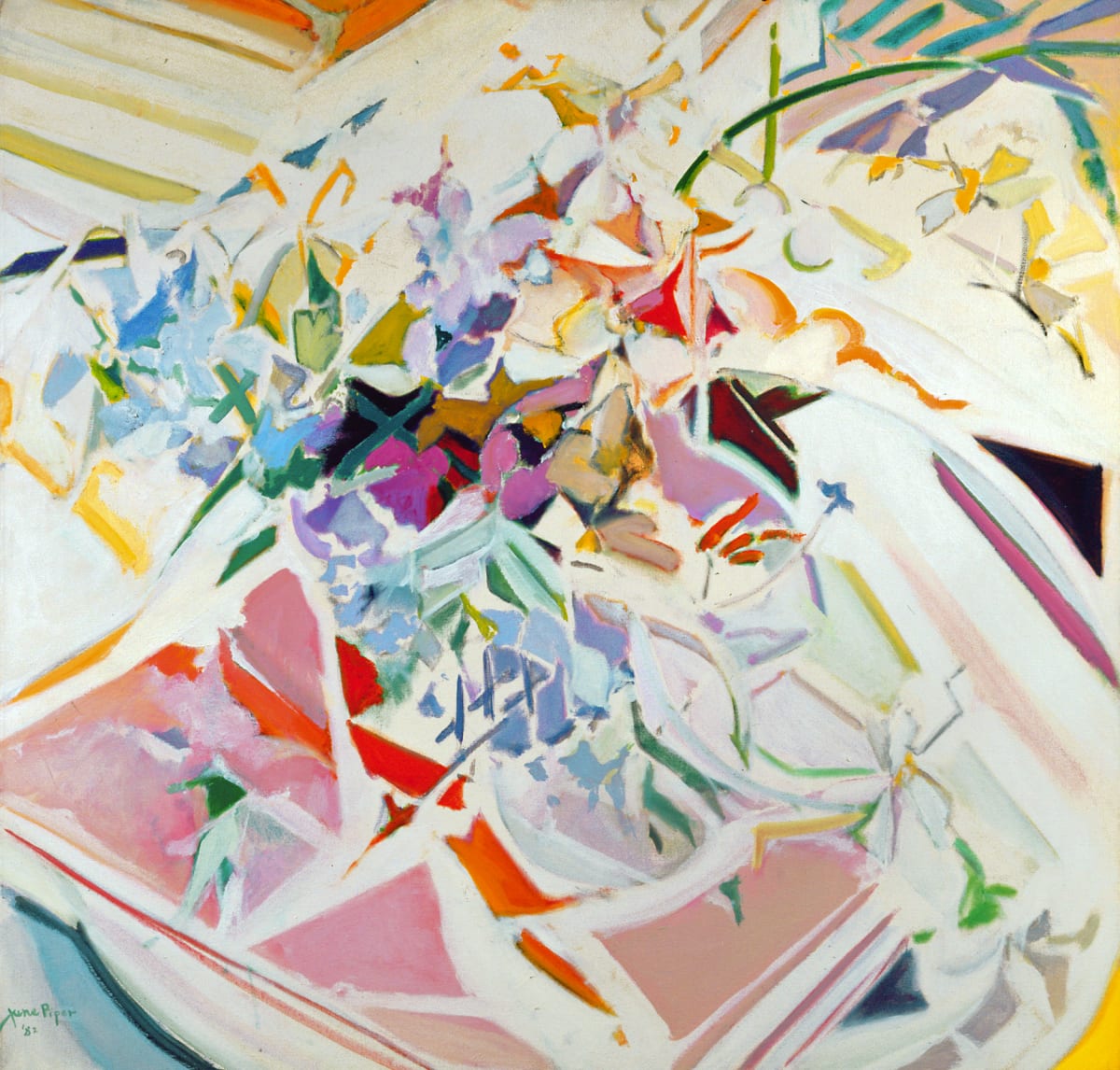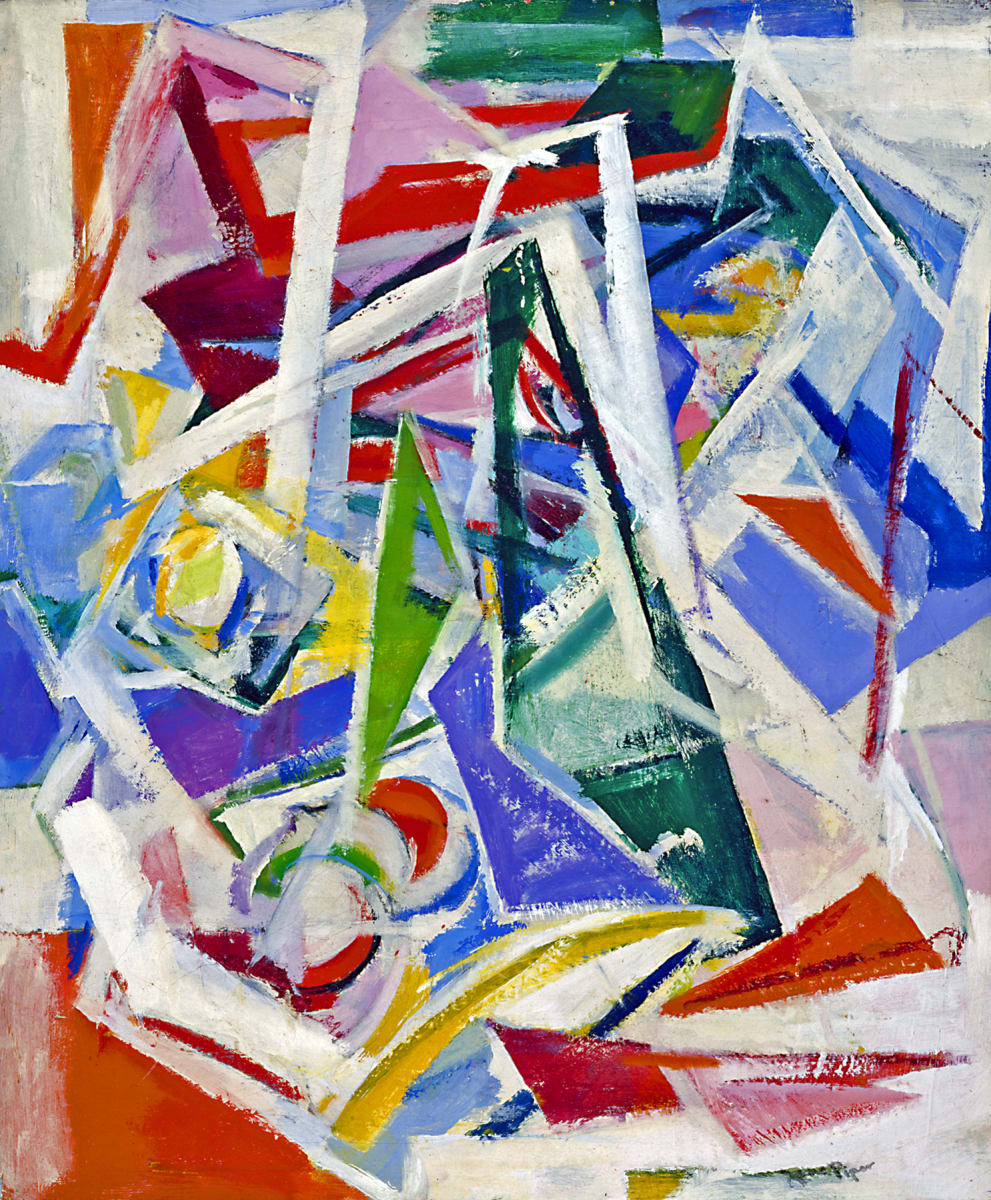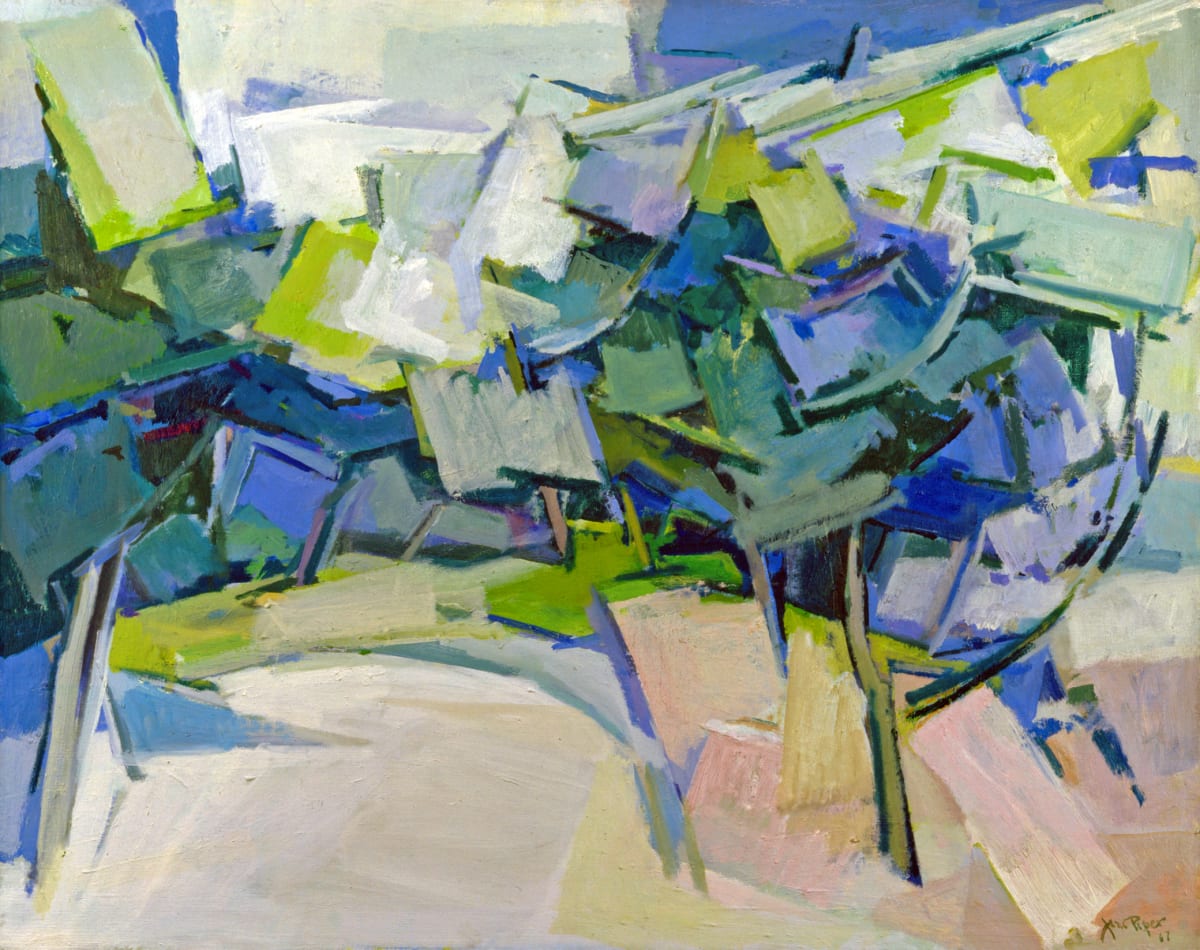
Jane Piper created a sophisticated oeuvre defined by experimentation with color and gesture
Hollis Taggart Galleries is pleased to present the exhibition, Jane Piper: Poetic Distillations, from May 19 through July 15, 2005. An important contributor to American coloristic modernism, Jane Piper created a sophisticated oeuvre defined by experimentation with color and gesture. In the Philadelphia colorist tradition, Piper’s work is characterized by prismatic color and broad strokes of pigment. She skillfully drew from her most influential teachers, Arthur B. Carles and Hans Hofmann, to develop a style that incorporates abstracted, planar compositions with a bold palette; her use of white as a color and a compositional element is innovative and striking.
Hollis Taggart Galleries is pleased to present the exhibition, Jane Piper: Poetic Distillations, from May 19 through July 15, 2005. An important contributor to American coloristic modernism, Jane Piper created a sophisticated oeuvre defined by experimentation with color and gesture. In the Philadelphia colorist tradition, Piper’s work is characterized by prismatic color and broad strokes of pigment. She skillfully drew from her most influential teachers, Arthur B. Carles and Hans Hofmann, to develop a style that incorporates abstracted, planar compositions with a bold palette; her use of white as a color and a compositional element is innovative and striking.
The exhibition will include twenty-six paintings spanning her long career. Early works, such as Composition in Red (1942-43) and Still Life with White Vase (1942), feature strong, saturated colors and Cubist-inspired forms. Piper deftly combined sinuous lines, such as the elegantly elongated vessel in Still Life with White Vase, with crisp edges of flat areas of paint.
Piper developed these broad geometric planes into more abstracted work, such as the large vertical Flowers and Fruit of 1947. Here, the still life elements—pear, gourd, flowers—are rendered in colorful volumes, while the background consists of a flattened series of “shards” of color. These shards are pushed even further in Abstraction towards Still Life of 1957. Elongated, sharp vertical forms overlap to create a dynamic composition.
In the 1960s, Piper’s work more directly referred to nature. Summer Woods, Wellfleet, of 1967, depicts recognizable trees, where the trunks are reduced to brief strokes of paint and the foliage is rendered in flattened squares of greens, blues, and whites. Poppies by Victorian Mirror (1965) is composed of classic elements of a tabletop still life, depicted in fragmented forms and in vivid shades that depart from nature. Deep orange, yellows, and blues create a strong series of rectangles broken by slivers of pinks and whites. This painting demonstrates Piper’s expert and innovative handling of white. White is used as solid form, creating tabletop, mirror frame, and space between elements of the composition.
The use of white is developed further in Piper’s late works. These paintings merge white with strong color; they pay homage to Matisse, a favorite artist of Piper, who hung reproductions of his work in her studio. In her Figure with Goldfish, III (1989), flowers, fruit, and a pitcher sit before Matisse’s Goldfish and Flower, echoing the Fauvist still life with vibrant colors and simplified forms of its own. The representational Wellfleet Bouquet (1989), titled for the artist’s beloved Cape Cod home, is suffused with white—which here indicates light as well as the concrete forms of dish, flowers, and table. The exhibition is accompanied by a fully illustrated catalogue that includes essays by Richard Boyle, former director of the Pennsylvania Academy of Fine Arts, and by artist Bill Scott.
